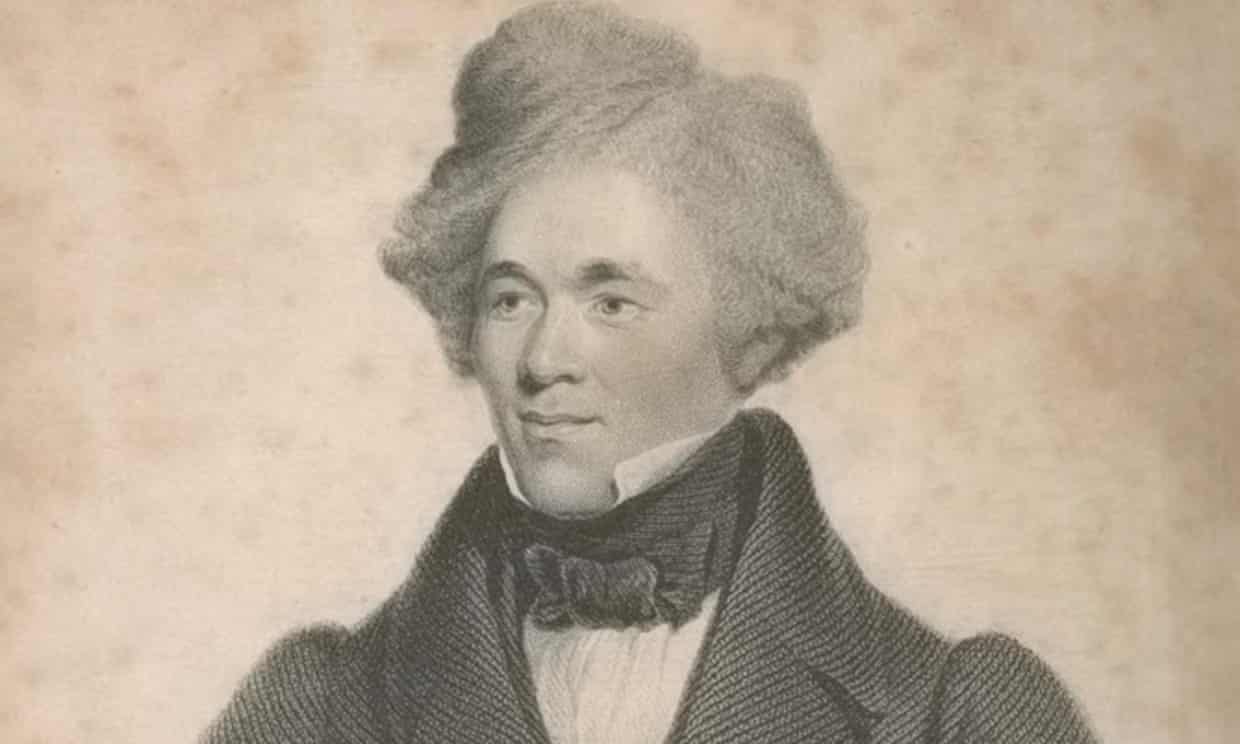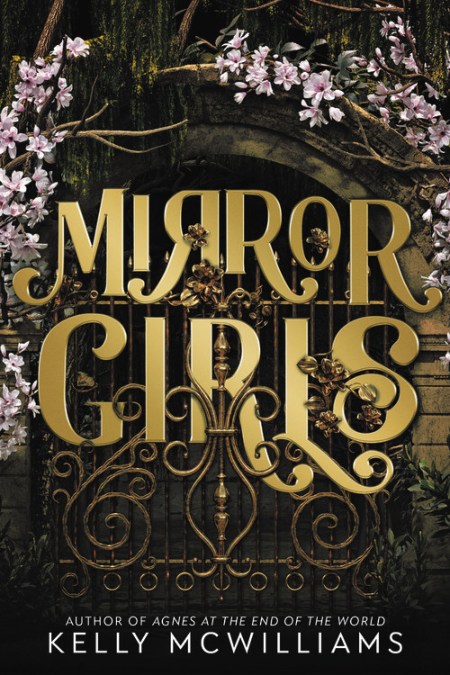The Weight of BloodPosted in Books, Media Archive, Novels, United States on 2023-02-02 02:39Z by Steven |
Katherine Tegen Books an (imprint of HarperCollins)
2022-09-06
416 pages
Hardcover ISBN: 9780063029149
E-book ISBN: 9780063029163
Paperback ISBN: 9780063029156
New York Times bestselling author Tiffany D. Jackson ramps up the horror and tackles America’s history and legacy of racism in this suspenseful YA novel following a biracial teenager as her Georgia high school hosts its first integrated prom.
When Springville residents—at least the ones still alive—are questioned about what happened on prom night, they all have the same explanation . . . Maddy did it.
An outcast at her small-town Georgia high school, Madison Washington has always been a teasing target for bullies. And she’s dealt with it because she has more pressing problems to manage. Until the morning a surprise rainstorm reveals her most closely kept secret: Maddy is biracial. She has been passing for white her entire life at the behest of her fanatical white father, Thomas Washington.
After a viral bullying video pulls back the curtain on Springville High’s racist roots, student leaders come up with a plan to change their image: host the school’s first integrated prom as a show of unity. The popular white class president convinces her Black superstar quarterback boyfriend to ask Maddy to be his date, leaving Maddy wondering if it’s possible to have a normal life.
But some of her classmates aren’t done with her just yet. And what they don’t know is that Maddy still has another secret . . . one that will cost them all their lives.










